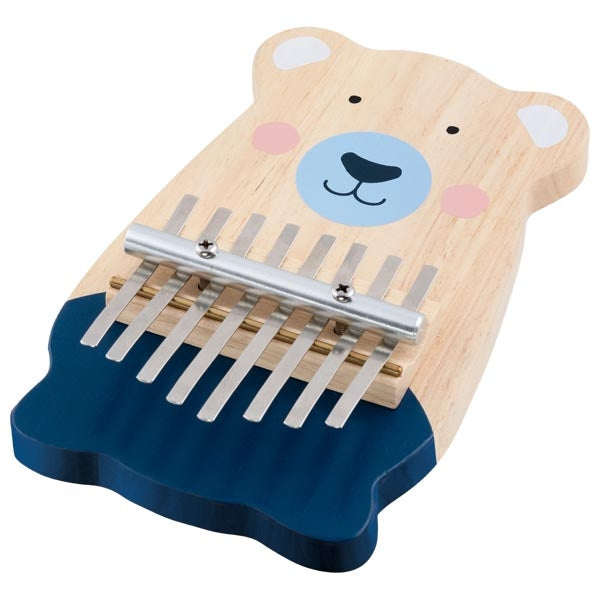
- Eye-hand coordination
- Two-handed
The kalimba is played with both hands, using the fingernails to produce sounds and the fingertips to dampen the sound. Playing the kalimba with both hands promotes coordination between both hands and contributes to the development of manual dexterity.
Playing the kalimba trains both the strength and dexterity of the fingers. It requires control and precision to press the metal keys with the right force and produce the desired sounds. These fine motor skills are important for many daily activities and are a good exercise for children to improve their finger strength and coordination.
In addition, playing the kalimba helps develop a sense of rhythm, which is an important aspect of musical education. Playing to the beat and feeling rhythms helps children learn to structure time and sequence, which is essential for both music and other skills. A well-developed sense of rhythm can also help prepare for writing and reading, as both skills require a certain amount of timing and sequential processing. This makes the kalimba not just an instrument for making music, but also a valuable tool for children’s overall motor and cognitive development.
- Not satisfied within 14 days? Money Back.
- Free shipping on orders over €100
- Shipping costs NL 6.75 euros, EU 9.95 euros


